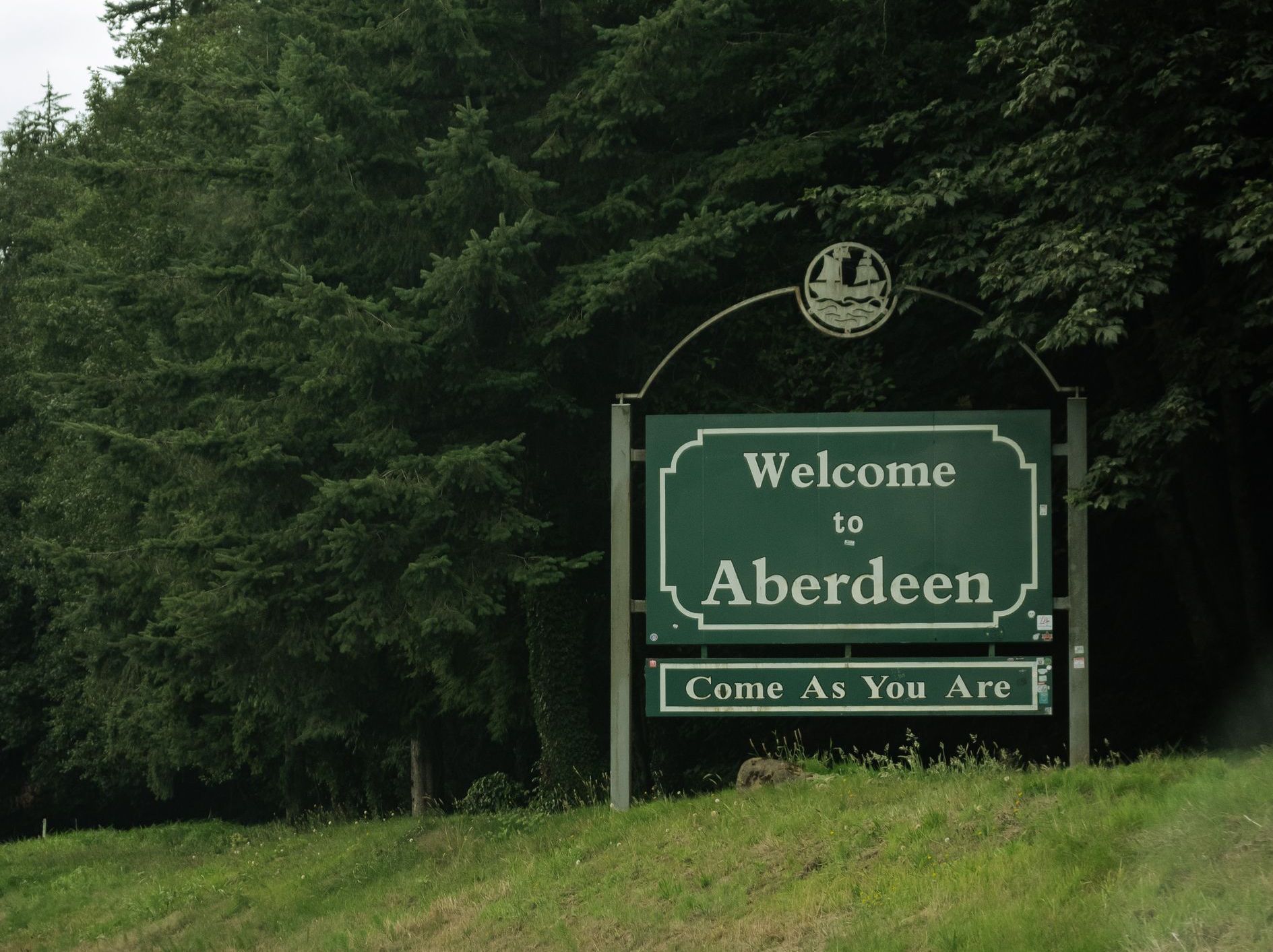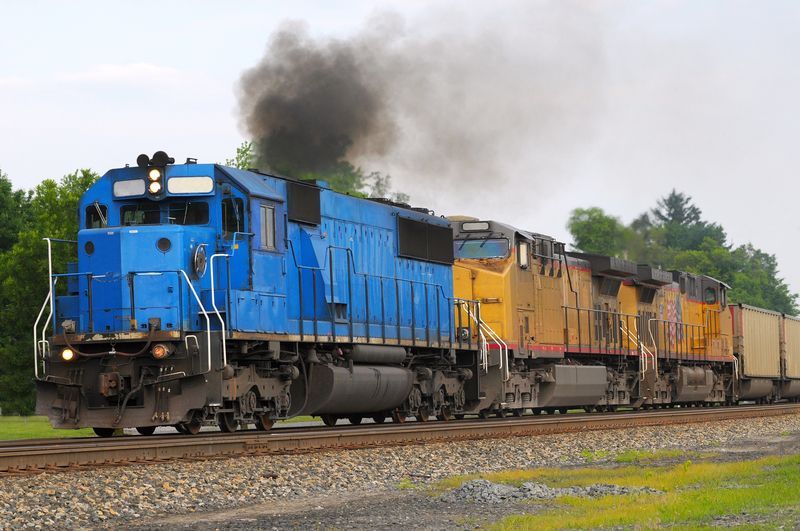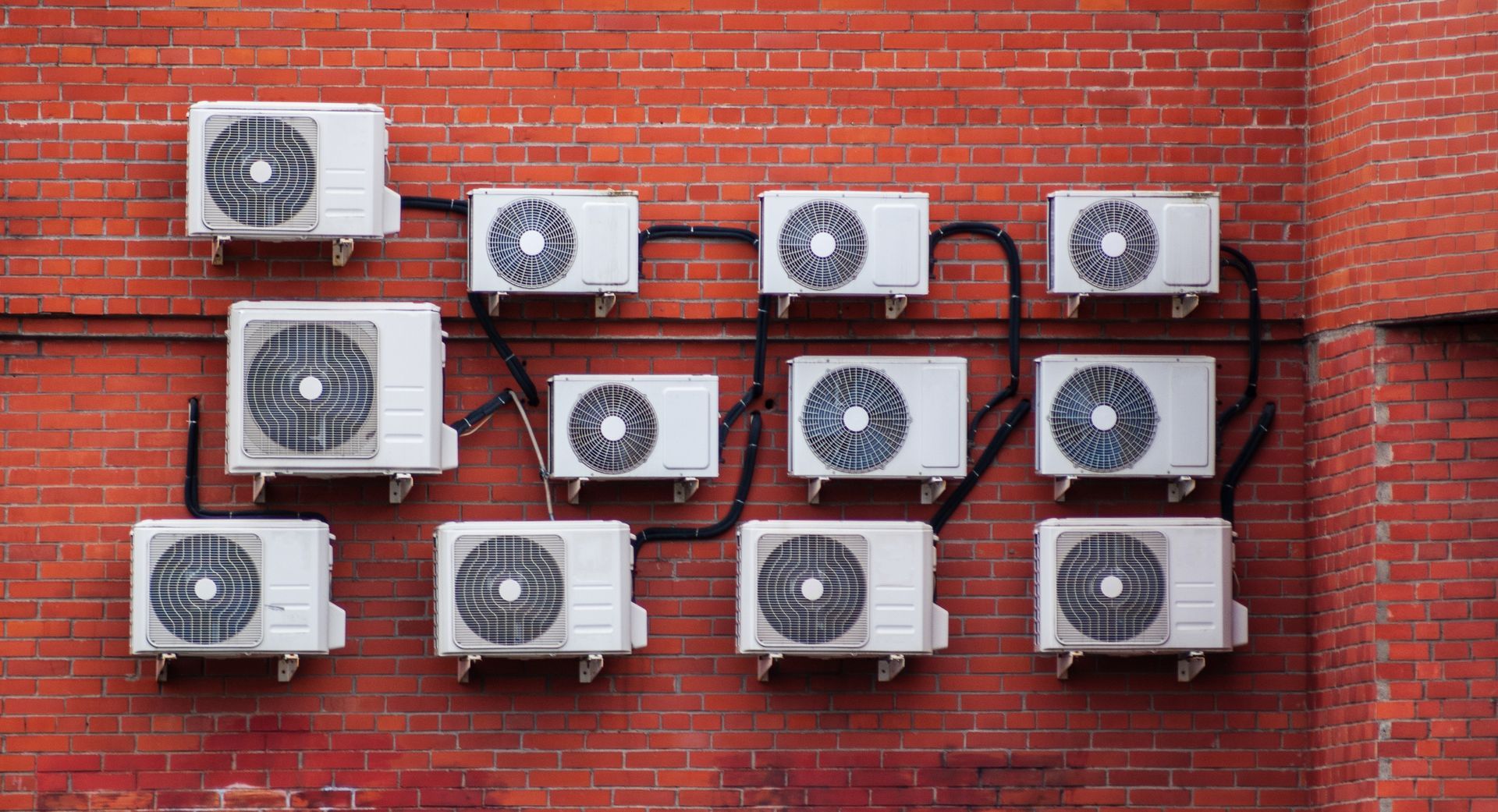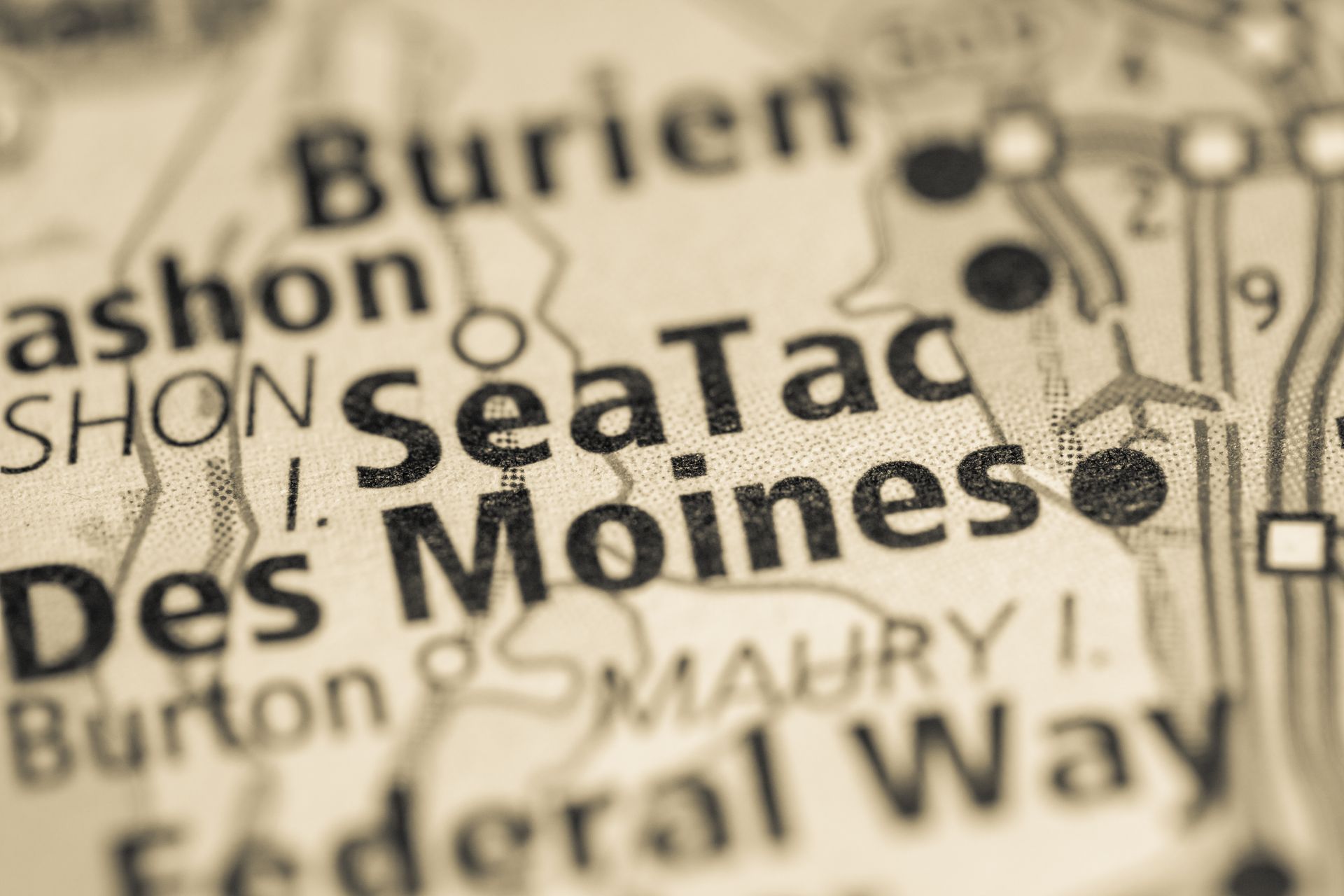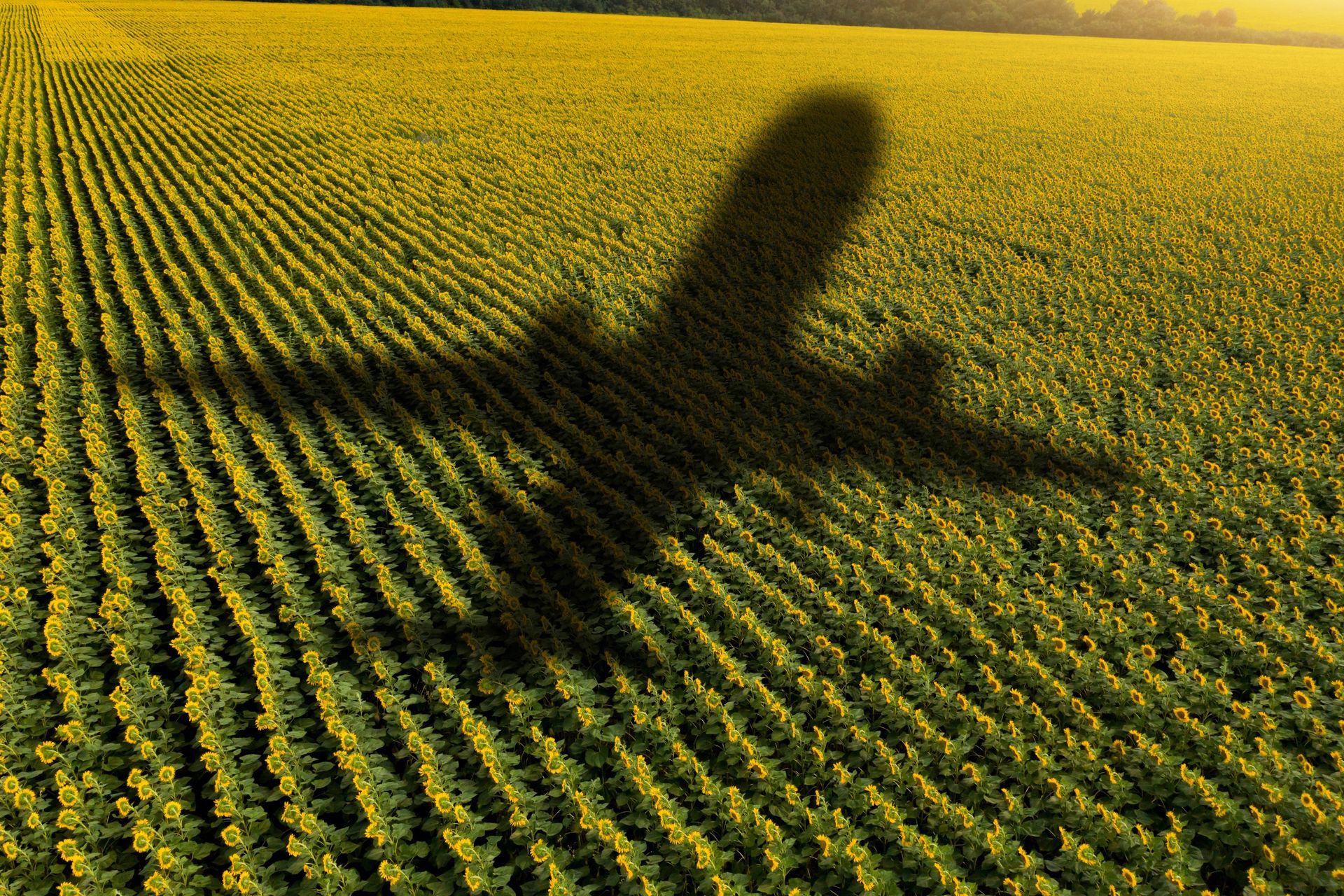Washington's Clean Fuel Standard Is Not Just For Cleaning The Air
Struggling Rural Towns To Get Shot In Arm From Clean Fuels Law
At the turn of the 20th century, Aberdeen ruled the timber world with its abundance of forests and easy access to the Pacific Ocean. Now, it’s probably better known as the birthplace for Kurt Cobain, the leader of influential grunge band Nirvana.
In Grays Harbor County, where Aberdeen is located, there were 70,000 timber workers in 1935 at the peak of the Great Depression. By the 1990s, the number had dwindled to 20,000.
The state’s new clean fuel law, however, could be just what Aberdeen and other struggling rural communities like Forks, Port Angeles and Omak need to recover from massive timber industry downsizing and being bypassed by the tech boom.
State Timber Waste Enough To Make Mass Quantities Of Clean Fuels
As former timber industry players, they all have an abundance of leftover forest slash and related woody waste that can be made into renewable fuels. During timber harvests, roughly 40 percent of a tree is usually left behind to be burned or left to decompose. The woody remnants contain lignocellulose, which is full of carbs that can be converted into biofuel.
Back in 2014, the Washington Department of Natural Resources estimated that the state had the potential to produce between 1.2 million and 2 million dry tons a year of wood biomass.
That’s enough to produce 300 million gallons a year of renewable diesel and jet fuel and to generate $650 million in additional revenue — enough to create 1,900 family-wage jobs.
Clean Fuels Law To Give Crop, Animal Waste New Uses, Added Revenues
In addition to helping struggling timber towns, Washington’s clean fuel standard is expected to help state farmers cash in on their crop and animal waste.
The state is the top producer of apples, blueberries, pears and sweet cherries, the waste of which produces alcohols upon decomposition that can be converted into renewable fuels.
Counties in and near the Yakima Valley — Yakima, Grant, Benton — account for slightly more than half of the state’s agriculture revenues. They stand to rake in additional revenues by capitalizing on their leftover decomposing fruits and vegetables and cow manure to produce sustainable fuel.
Yakima County, responsible for 21 percent of state agriculture revenues, ranks as Washington's
#1 producer of fruits, berries and nut trees (#8 nationwide) as well as the #2 producer of vegetables, potatoes and sweet potatoes. The county also contains more than 18,000 acres of vineyards, the highest concentration in the state.
Grant County, responsible for 20 percent of state output, ranks as the state’s #2 fruit producer and #1 vegetable producer. And Benton, which accounts for 10 percent of agriculture revenues in the state, ranks #1 in vegetables and #3 in fruits.
Renewable Natural Gas Potential From Cow Manure Promising For Yakima Valley And East
Yakima and Grant also have dairy farms within their boundaries, where cow manure can be made into RNG, which could replace fossil-fuel-derived natural gas to power large fleets of heavy-duty vehicles.
The two countries along with neighbors Franklin and Adams counties account for 59 percent of Washington's biomethane potential, according to a Washington State University analysis. Yakima and Grant, by themselves, have the potential to produce 2.8 million cubic feet/day and 889,500 cubic feet/day, respectively.
In Western Washington, dairy producers in Whatcom, Skagit and Snohomish counties represent 27% of the state’s biomethane potential. That they’re closer to major urban centers is an advantage. Whatcom, the county with second highest number of cows behind Yakima, could produce as much as 1.397 million cubic feet per day of renewable natural gas.
Canola Growers Likely To See Major Benefit From Increased Biodiesel Demand
In Eastern Washington, the popularity of canola, an oil seed used to make biodiesel, is on the rise, especially in Whitman County, the state’s #1 producer. The acreage used there for canola crops doubled in size to nearly 40,000 areas in 2021 over 2020.
After harvest, the canola is sent to a crushing plant in Warden in Grant County and turned into biodiesel, probably in Hoquiam, which is home of the West Coast’s largest canola-based biodiesel facility.
Related Stories:
Biofuels From Forests Lightens Jetliner Carbon Footprint
Biomethane For Transportation: Opportunities For Washington

